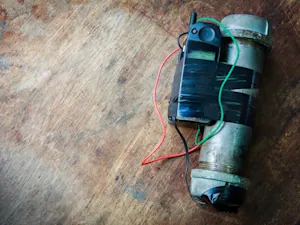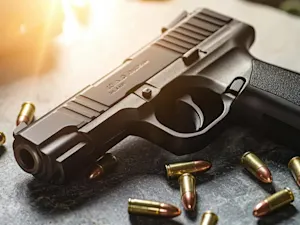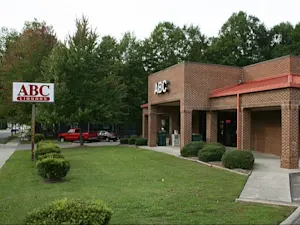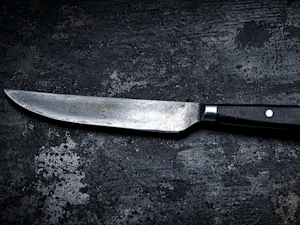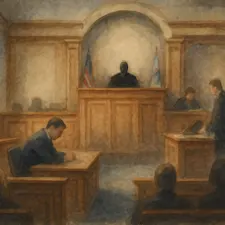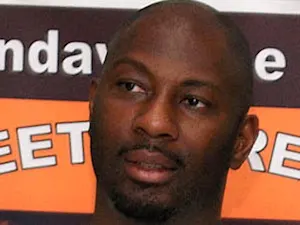
Was Benjamin Franklin a Serial Killer?
When the bones of multiple human bodies were discovered in the basement of Benjamin Franklin's former London home in 1998, it sparked a whirlwind of speculation. Some even asked: Was one of America's most revered Founding Fathers a serial killer? The truth is more complex, rooted in the grim realities of 18th-century medicine.
The Grim Discovery at Craven Street
In 1998, renovations at 36 Craven Street in London — Franklin's residence from 1757 to 1775 — uncovered over 1,200 human bone fragments in a small pit beneath the house. The bones belonged to at least 15 individuals; their remains hidden for over two centuries. Forensic analysis dated these remains to the time when Franklin lived in the house, raising immediate questions about their origin.
The Basement School of Anatomy
The bones weren't evidence of a gruesome crime spree, but of medical research. During Franklin's time, the study of human anatomy was still emerging, and dissection was illegal for all but a few sanctioned institutions. Enter Dr. William Hewson, a pioneering anatomist and Franklin's close friend, who moved into Franklin's home after a falling out with his former mentor, William Hunter. With Franklin's support, Hewson began operating a private anatomy school in the basement.
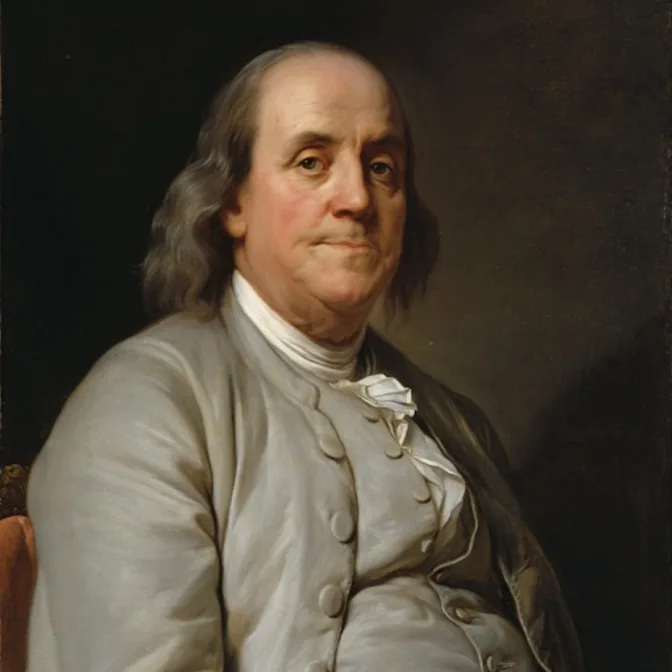 A painting of Benjamin Franklin from 1778. Photo courtesy of Joseph-Siffred Duplessis
A painting of Benjamin Franklin from 1778. Photo courtesy of Joseph-Siffred Duplessis
In 18th-century London, cadavers for dissection were in short supply. This scarcity fueled a dark trade — bodies were often obtained through "resurrectionists," or grave robbers, who supplied fresh corpses to medical schools for a price. Franklin and Hewson likely procured these bodies through such means, though the precise origins of the remains found at Craven Street remain unknown.
Anatomy or Atrocity?
The bones found in Franklin's basement bore telltale signs of dissection. Some skulls had small circular holes consistent with trepanning, a procedure used to relieve pressure on the brain, while other bones showed signs of amputation. These were the tools of a medical instructor, not a murderer. Hewson used these bodies to teach anatomy to his students, contributing to advancements in medical knowledge.
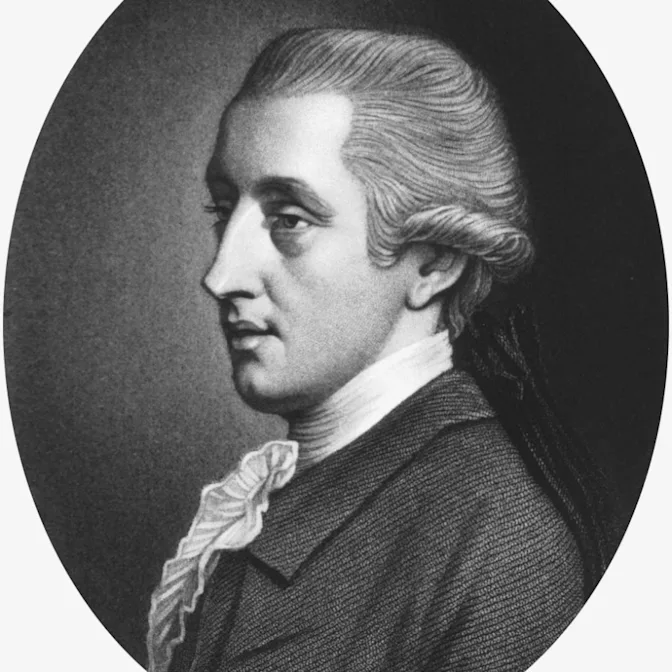 William Hewson (14 November 1739 – 1 May 1774). Photo courtesy of Vandergucht; H. Robinson
William Hewson (14 November 1739 – 1 May 1774). Photo courtesy of Vandergucht; H. Robinson
While it might seem shocking today, such practices were not unusual in the 18th century. The period's legal and ethical standards around body acquisition were murky at best, allowing men like Franklin and Hewson to operate in a gray area. Dissection was a vital but controversial aspect of medical training, and those who practiced it often did so in secret, away from the prying eyes of the public and the law.
Franklin's Legacy: Scientist, Not Serial Killer
The discovery of the bones at Franklin's former home provides a fascinating glimpse into the past — a time when the boundaries of science were pushed in basements and backrooms. Far from being a serial killer, Franklin was a champion of scientific progress. His involvement in the macabre practices of his time was part of a broader commitment to advancing human knowledge.
So, was Benjamin Franklin a serial killer? The evidence says no. Instead, the bones at Craven Street tell a story of medical innovation in an era of limited options. Franklin's support of Hewson's work, though controversial, was in line with his lifelong pursuit of scientific discovery.
References: Was Benjamin Franklin a serial killer? | The 1,200 Buried Bones in the Benjamin Franklin House | Remembering William Hewson: The Story Behind the Bones in our Basement








